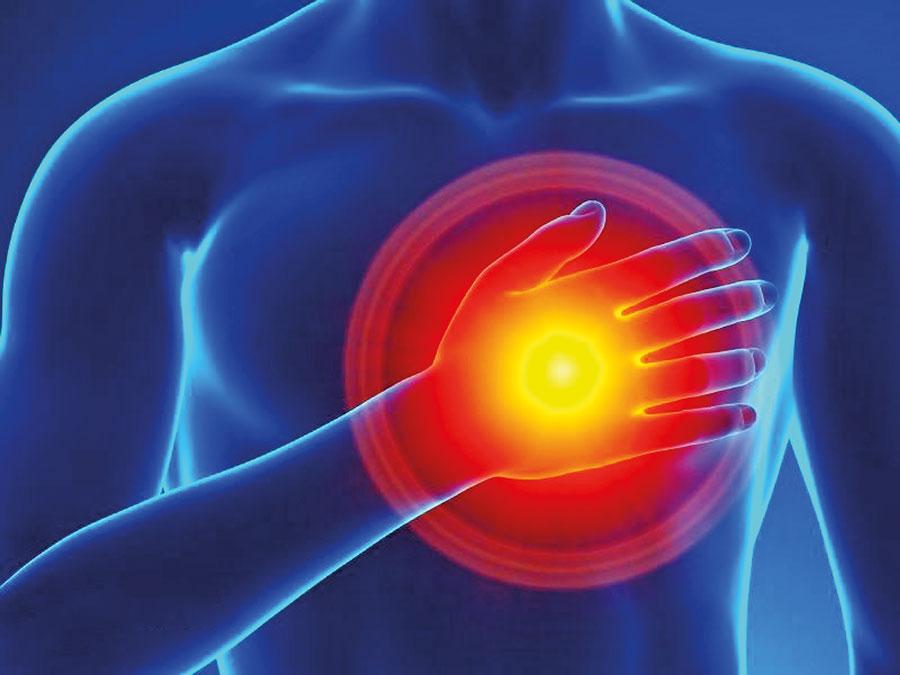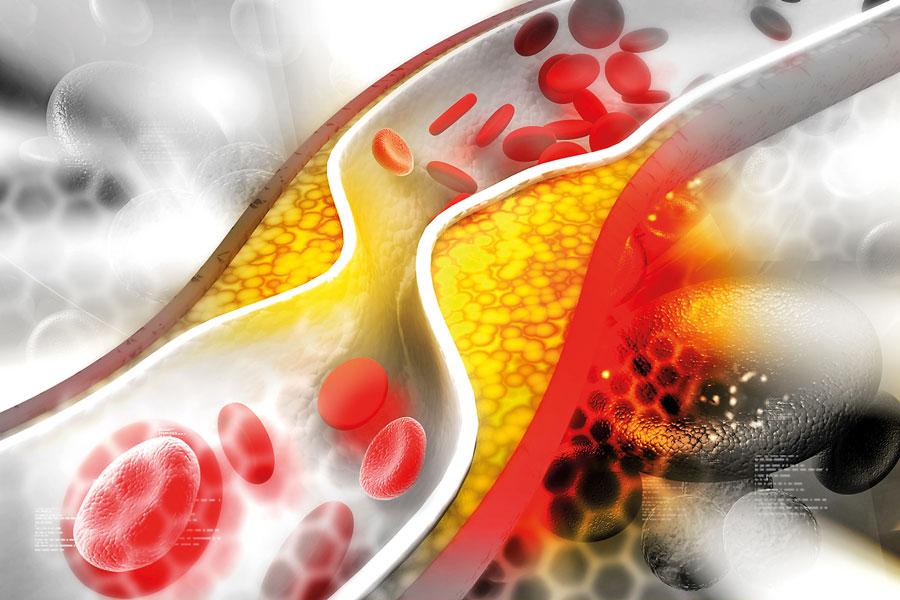Reply To:
Name - Reply Comment

 Cholesterol is an essential substance for all living organisms. It is synthesized within the body and a certain amount of it is obtained from food. Lipoproteins carry cholesterol in the blood since fat is not soluble in water. There are two major types of lipoproteins which carry cholesterol to and from cells. They are low density lipoprotein (LDL) and High density lipoprotein (HDL). Cholesterol makes a significant contribution to our body. However, the increase in blood cholesterol level is not good for health. Saturated fats in food can be converted in to cholesterol and it may lead to excessive cholesterol in the blood.
Cholesterol is an essential substance for all living organisms. It is synthesized within the body and a certain amount of it is obtained from food. Lipoproteins carry cholesterol in the blood since fat is not soluble in water. There are two major types of lipoproteins which carry cholesterol to and from cells. They are low density lipoprotein (LDL) and High density lipoprotein (HDL). Cholesterol makes a significant contribution to our body. However, the increase in blood cholesterol level is not good for health. Saturated fats in food can be converted in to cholesterol and it may lead to excessive cholesterol in the blood.
Function of cholesterol
Cholesterol forms the components for cell structures and is vital for synthesis of hormones, vitamin D and other substances.

Cholesterol synthesis within the human body
The liver is the primary organ that is involved the synthesizing of cholesterol and approximately 20–25% of total daily cholesterol production occurs in the liver. Cholesterol is also synthesized to smaller extents in the adrenal glands, intestines, reproductive organs etc.
The synthesis of cholesterol begins with a molecule of acetyl CoA and one molecule of acetoacetyl-CoA, which are dehydrated to form 3-hydroxy-3-methylglutaryl CoA (HMG-CoA). This molecule is then reduced to mevalonate by the enzyme HMG-CoA reductase. This step is an irreversible step in
cholesterol synthesis.
Then Mevalonte converts into 3-isopentenyl pyrophosphate and it is decarboxylated to isopentenyl pyrophosphate. Three molecules of isopentenyl pyrophosphate condense to form farnesyl pyrophosphate through the action of geranyltransferase. Two molecules of farnesyl pyrophosphate then condense to form squalene. This requires squalene synthase in the endoplasmic reticulum. Oxidosqualenecyclase then cyclizes squalene to form lanosterol. Eventually, Lanoststerol is converted to cholesterol.
Risk factors
There are several factors which can increase the risk of bad cholesterol.

Hypertension
Having a family history of premature heart diseases:
Diagnosis
The increase in blood cholesterol level is measured by a lipid profile analysis and needs a pre-preparation of 12-14 hours fasting status before undergoing a lipid profile test. There are 5 main components including;
Complications
High cholesterol can cause a dangerous accumulation of cholesterol and other deposits on the walls of arteries. These deposits can reduce blood flow through arteries, which can cause complications such as chest pain, heart attack and stroke.
Lifestyle changes to improve lipid profile
Eat Healthy foods
Reduce saturated fats- Saturated fats, mainly in red meat and full-fat dairy products, raise your total cholesterol. Decrease consumption of saturated fats can reduce low-density lipoprotein (LDL) cholesterol.
Eliminate trans fats- Hydrogenated vegetable oil often uses in margarines and store-bought cookies, crackers and cakes. Trans fats raise overall cholesterol levels.
Consume omega-3 fatty acids- Omega-3 fatty acids don’t affect LDL cholesterol. But they have other heart-healthy benefits, including reducing blood pressure. Foods with omega-3 fatty acids include salmon, mackerel, herring, walnuts and flaxseeds.
Increase soluble fiber - Soluble fiber can reduce the absorption of cholesterol into bloodstream. Soluble fiber is found in such foods as oat meal, kidney beans, Brussels sprouts, apples and pears.
Add whey protein- Whey protein, which is found in dairy products, may account for many of the health benefits attributed to dairy. Research studies have shown that whey protein given as a supplement lowers both LDL cholesterol and total cholesterol as well as blood pressure.
Increase physical activities
Exercise can improve cholesterol. Moderate physical activity can help raise high-density lipoprotein (HDL) cholesterol.
Stop smoking
Quitting smoking improves your HDL cholesterol level. The benefits occur quickly:
Lose weight
Conclusion
Increase level of cholesterol lead more complication in our health including heart attaches and stroke condition. Therefore, we have to control our blood cholesterol level by changing our bad life style pattern as mention above.
The writer is a medical laboratory technologist at a private hospital and holds a MSc. Degree in Industrial and Environmental Chemistry from the University of Kelaniya and a BSc. In Food Production and Technology Management degree from the Wayamba University
of Sri Lanka.